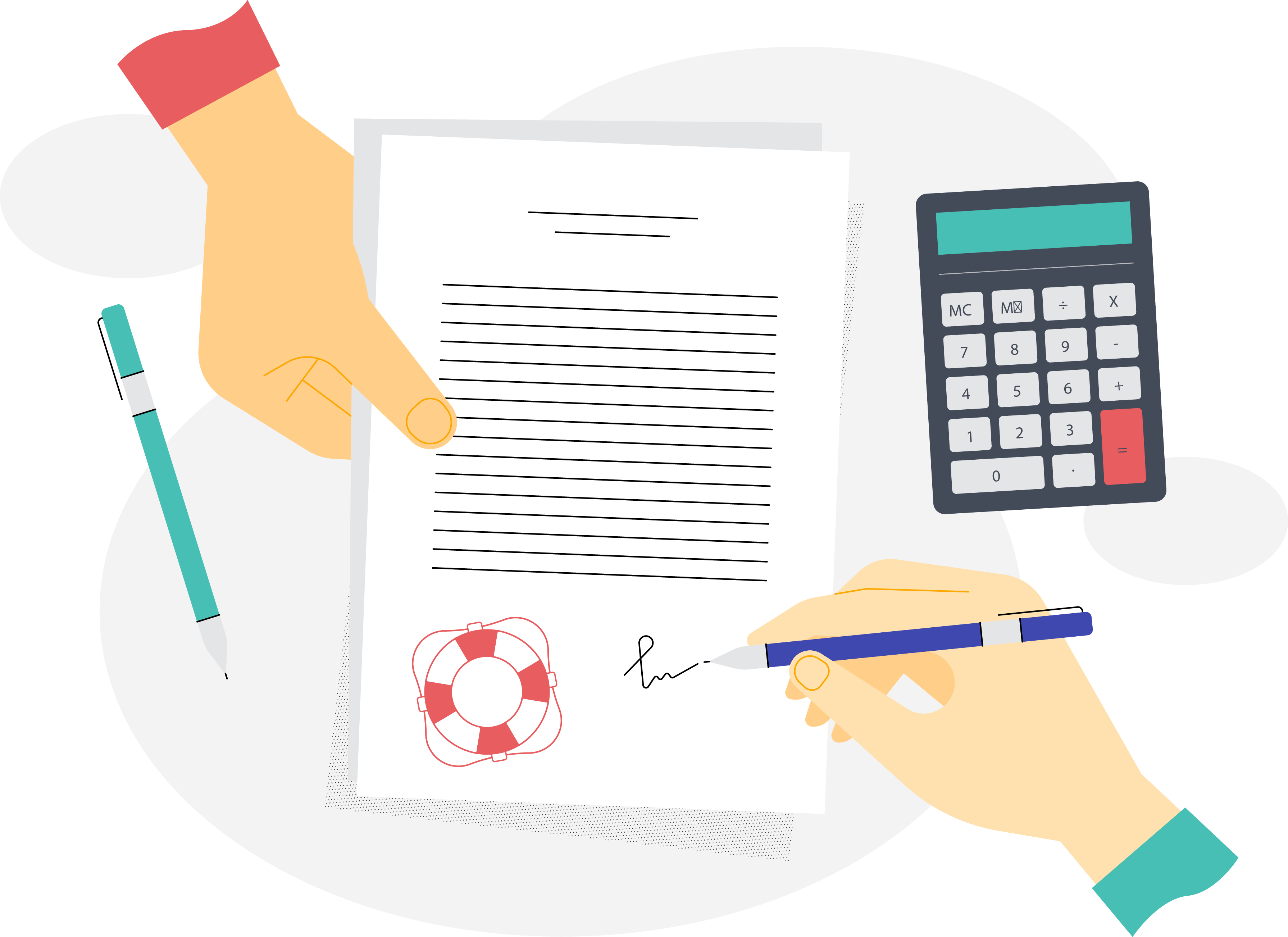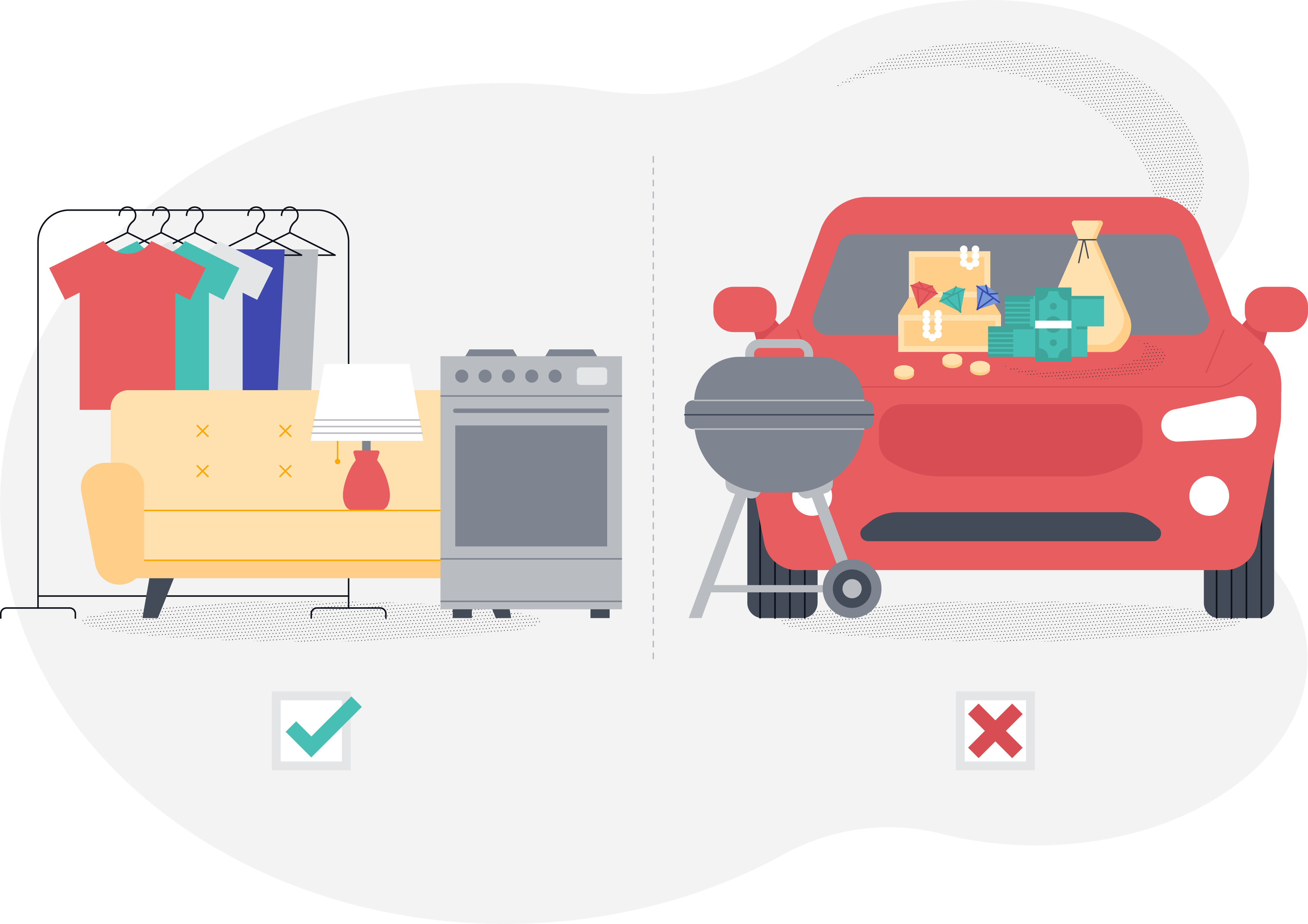What is flood insurance?
Property insurance policies like homeowners insurance typically don’t cover damage resulting from flooding. Flood insurance fills this gap. In the U.S., most available flood insurance policies are provided through the National Flood Insurance Program, or the NFIP. The NFIP was created in 1968 as part of a movement to integrate non-structural methods of managing flood risk into U.S. floodplain management systems. The NFIP is meant to provide residents like yourself with alternative financial tools to traditional disaster relief funds after flooding events.
NFIP flood insurance policies are unique in that the federal government sets the rates and backs them. NFIP policies can be purchased from private insurance agents through the Write Your Own (WYO) Program. When you purchase NFIP flood insurance through a private agent, they serve as your point of contact for filing claims.
Beyond federal flood insurance, private flood insurance is also increasingly available throughout the country. You might be interested in purchasing a private policy if you’re not satisfied with NFIP rates, or if the NFIP’s coverage limits don’t meet your needs (see more on this below).

What does flood insurance cover?
There are two main types of NFIP flood insurance coverage. While policies can get pretty nuanced, here are the main differences:
Building Property: This type of policy covers your physical home from the roof down to the foundations. It also includes anything integrally attached to your house (like cabinets). A useful rule of thumb can be: building property flood insurance covers anything that you wouldn’t take with you during a move. Most detached structures are not included in a building property policy (you’ll need a separate policy for them), but detached garages can be. There are two types of reimbursements possibly under these policies:
- Replacement cost value (RCV): As the name suggests, RCV allows you to be reimbursed for the cost of replacing your lost property, without depreciation factored in.
- Actual cash value (ACV): An ACV reimbursement is typically less preferable for property owners as it reimburses you for the depreciated value of your property at the time of your loss.
Let’s take the abstract example of a five year old couch. RCV will give you the amount of money you need to buy a new couch. ACV will factor in the five years and give you the amount of money that your couch was worth when you lost it (which means that to buy a new one you’ll need to make up the difference).
Building property coverage typically covers RCV for primary dwellings, so if you use the property as your primary place of residence you’ll be covered for replacement costs. For vacation homes, ACV is typically used when determining your reimbursement. Building property coverage usually doesn’t cover mold/mildew damage or outdoor property damage (for example, your pool).
Personal Contents: This type of coverage protects the removable stuff inside your home including furniture, appliances, and clothing. It doesn’t cover money, paper valuables, and/or precious metals nor does it cover cars (that’s what your auto insurance is for). Personal contents coverage will give you actual cash value (ACV) for your goods.
Generally, residential NFIP policies have a maximum coverage of $250,000 for buildings and $100,000 for personal property. Private insurance is also an option if you want more coverage or terms that are different from those that the NFIP offers.

How is flood insurance priced?
If you have an NFIP flood insurance policy, your premium is set by FEMA. In this case, you won’t get a different price if you shop around to different insurance companies. Generally, your rate is set by combining details about a building (like when it was built, how many floors it has, and the elevation of the lowest floor) with its flood risk and coverage amount.
For residents who are currently purchasing flood insurance or who think their premium might be too high, obtaining an Elevation Certificate might help to reduce costs. Check here to see if we have one on record for your property, already. If not, you can contact a surveyor to produce one.
How do I know if I need flood insurance?
Anyone in an NFIP community (we are one!) can purchase flood insurance, regardless of risk level or mandatory purchase requirements. In fact, we encourage you to purchase flood insurance even if you’re not required to.
You might have heard about Mandatory Purchase Requirements (MRPs). If your property (or a property you intend to purchase) is located in a Special Flood Hazard Area (SFHA),, flood insurance may be required as a condition for securing a federally-backed home loan through a regulated lender or for federal disaster assistance eligibility. While the idea of flood insurance is relatively straightforward, understanding how and when it is required is a bit more complex. Learn more about what a SFHA is and how to determine if a property is in one here.
Note that only building property flood insurance is included in the Mandatory Purchase Requirement. It’s often misunderstood that mandatory flood insurance purchased as a condition for a loan automatically includes contents coverage. In fact, while building property flood insurance is sometimes required, contents insurance is almost always voluntary. If you want to insure a building’s contents against flood, you’ll have to purchase contents coverage as an additional expenditure.
How do I buy flood insurance?
A local flood insurance agent can help you purchase a policy. You can start with the agent who sold you your homeowners or renters insurance. If they have a flood product, you can purchase it from them. If not, ask them for a referral. FEMA also keeps a list of companies that write flood insurance. You can find it here.
Note: If you purchase an NFIP flood insurance policy outside of a home purchase, there will be a 30 day waiting period before your insurance policy takes effect. Make sure to factor this into your purchasing timeline.